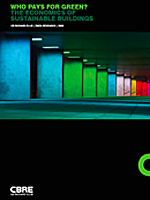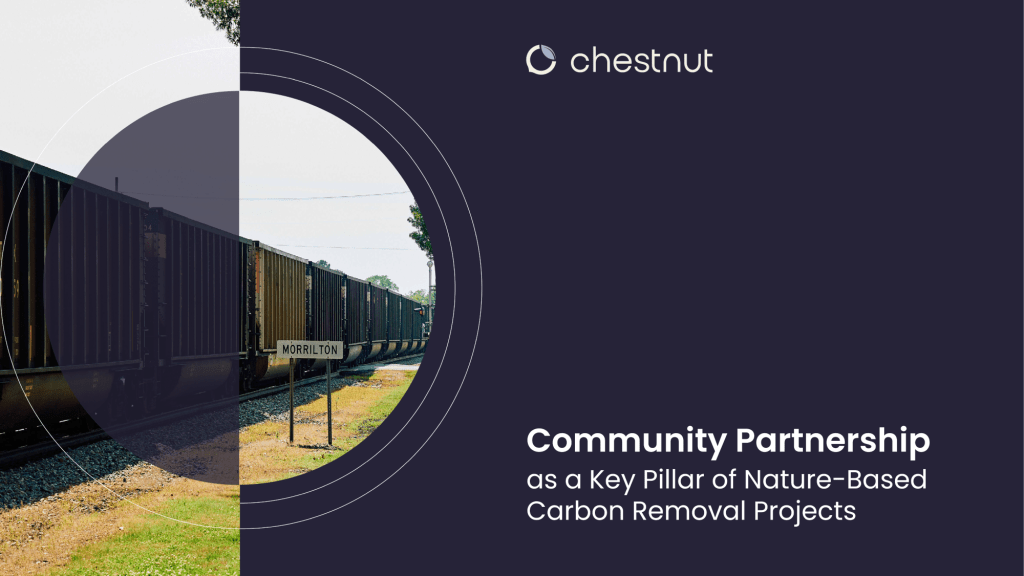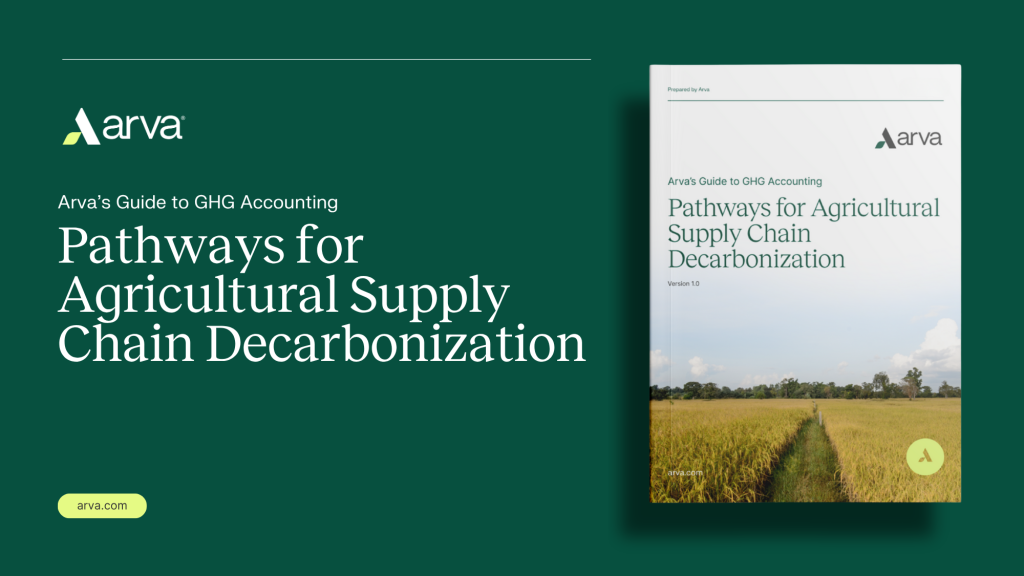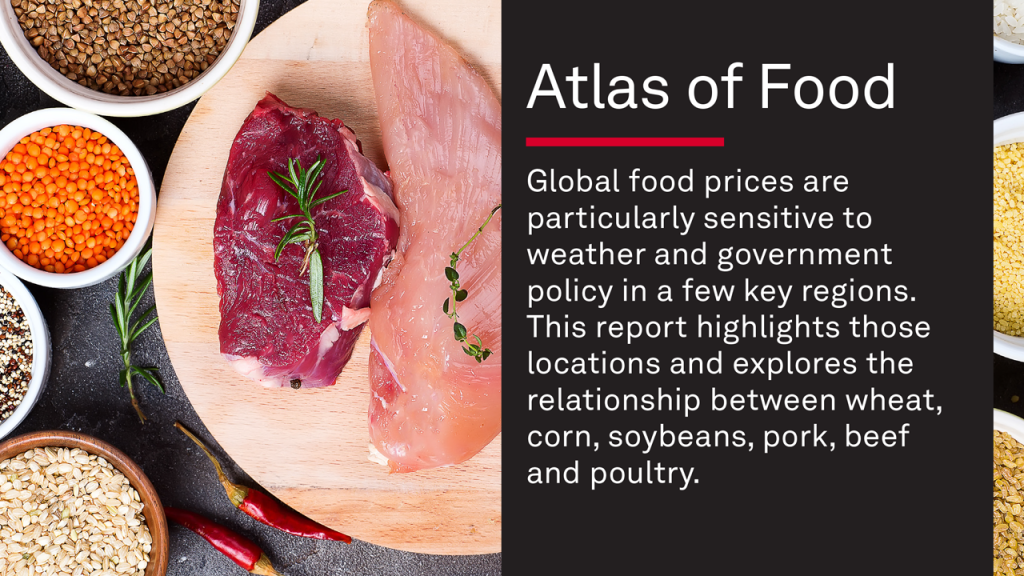Who Pays For Green?

Global commercial real estate services firm CB Richard Ellis examines the economics of sustainable buildings in its recent white paper about who shoulders the costs for greening commercial real estate.
Key findings include:
• The sustainability agenda will continue to grow in importance in the real estate sector, and will increasingly affect the behaviour and decision-making of occupiers, investors and developers.
• While there is currently no single agreed definition or measure of what constitutes a green building, the tools that exist for assessing the environmental credentials of a building are becoming more widely used and accepted.
• Such evidence as there is indicates the excess cost of developing a green building, relative
to that for a conventional one, ranges between around 2 percent to 7 percent depending on the level of accreditation sought. Even the ambition of producing a zero-carbon development — which is more demanding than even the highest levels of BREEAM or LEED accreditation — would potentially add less than 15 percent to development costs.• There are still a number of unresolved issues in assessing the scale and source of payback for incurring these additional costs, particularly in terms of investment value and pricing. However, evidence on rental transactions indicates that green buildings achieve a rental premium similar in proportion to the scale of additional development costs for mid-range levels of certification.
A complimentary copy of CBRE’s white paper can be downloaded as a PDF from the CBRE website:









